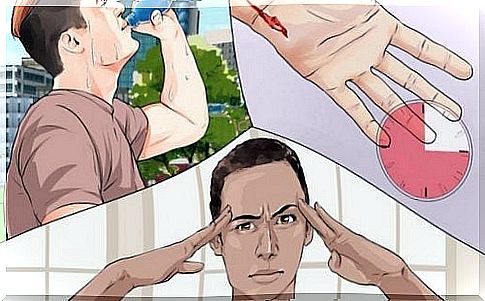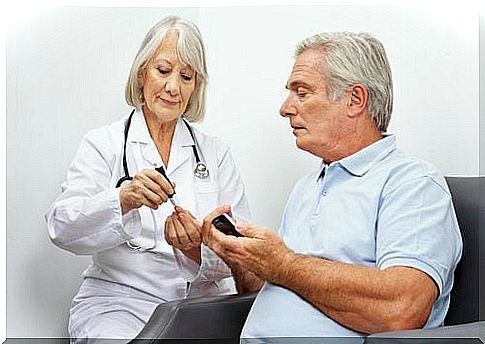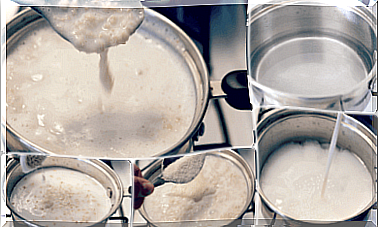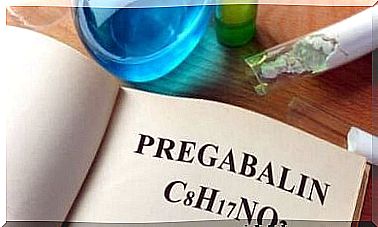Diabetes – Learn About The Warning Signs – Step To Health

Diabetes mellitus, both of the first and second types, shows the same symptoms in the initial stages. If you recognize them early, you will be able to start treatment in a timely manner and see a doctor.
Type 2 diabetes, for example, develops much more slowly, and sometimes its warning signs are very disguised. It is a severe and common disease. If you are struggling with it, it is imperative that you keep your blood sugar levels under control. Such a check will help you make sure that it is within the normal range.
What many people don’t know is that diabetes takes many forms. Sometimes the diagnosis comes as a surprise because the symptoms started to appear gradually over months or even years. Later in this article, you will learn about the symptoms of diabetes you need to watch out for.
Diabetes mellitus – symptoms that must not be ignored

The warning signs for diabetes may appear gradually or, on the contrary, suddenly and suddenly. Different types of diabetes can have similar or completely different symptoms.
Here are a few symptoms that you absolutely need to pay attention to:
- extreme thirst
- dry mouth
- frequent need to urinate,
- hunger,
- constant feeling of fatigue,
- irritability and anxiety,
- blurred vision
- difficulty in healing wounds or not healing them at all,
- stinging and itching sensation on the skin, dry skin,
- constant fungal infections.
Type 1 diabetes mellitus – warning signs
Children experience the following additional symptoms that should never be ignored:
- sudden, sudden weight loss,
- re-soaking at night
- fungal infections of the intimate areas in girls who have not yet entered puberty,
- flu-like symptoms such as feeling sick, being sick, a fruity smell from the mouth, difficulty breathing, and even loss of consciousness and fainting.
Flu-like symptoms occur when undiagnosed type 1 diabetes causes an accumulation of ketone bodies in the bloodstream.
This condition leads to ketoacidosis, i.e. diabetic blood acidosis. This is a very dangerous condition that requires immediate medical attention as it can lead to serious consequences.
Type 2 diabetes – warning signs
This type of diabetes does not present sudden and easily recognizable symptoms. These are rather subtle and initially unnoticeable changes that build up gradually.
Some of them are:
- constant infections and difficult wound healing,
- Complications with prolonged fluctuations in sugar in the body (may include a tingling sensation and numbness in the limbs)
- heart problems.
The symptoms of this disease develop slowly and over the years. They can be almost imperceptible and not easily associated with diabetes.
Diabetes – Who Is Really At Risk?

As we’ve shown before, diabetes can occur at any time in life. However, it turns out that there are certain factors that increase the risk of type 1 and type 2 diabetes.
The following data is not the only determinant. There are cases when adults develop type 1 diabetes, for example, but this is not often the case.
The most common type 1 diabetics are:
- children,
- young people,
- people with a family history of type 1 diabetes.
The most common type 2 diabetics are:
- people older than 45 years,
- smokers,
- people struggling with overweight and obesity,
- people leading a sedentary lifestyle,
- people with a family history of type 2 diabetes,
- people with hypertension,
- too high levels of triglycerides or HDL,
- people from certain ethnic groups,
- people who have been insensitive to insulin.
If you have at least two symptoms that indicate you are at risk of developing diabetes, see your doctor as soon as possible.
You may find out about diabetes when you have tests for a completely different disease, or even during a routine blood test.
What else do you need to know?
If you suspect that some of your symptoms may be diabetes, your doctor will likely want to know:
- what specific symptoms do you mean
- cases of illness in the family,
- medications you take,
- your allergies.
If you suspect you have diabetes, be sure to contact your doctor.
If you have type 1 diabetes, you will have to control your blood sugar levels and regulate insulin levels with your diet, which will make it much more active in your blood.
If you have type 2 diabetes, you will be able to provide your body with the necessary amount of sugar through a properly balanced diet. You will also be able to take medications that will help you regulate your sugar levels.
Diabetes is not a sentence, it will not rob you of the joy of life, as long as you take care of your health properly.
Cover image courtesy of © wikiHow.com









